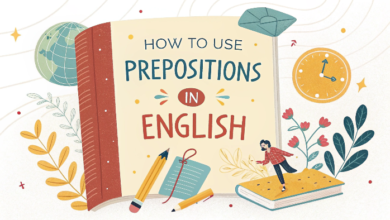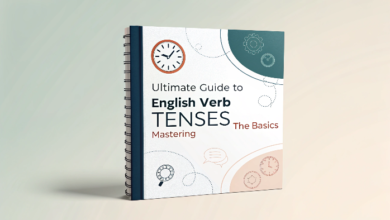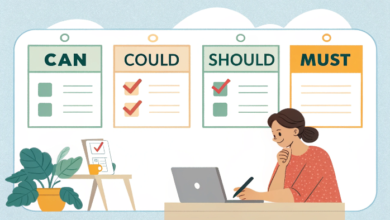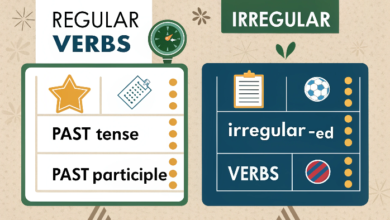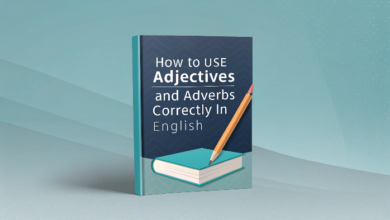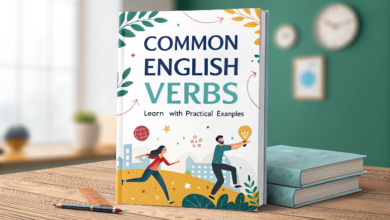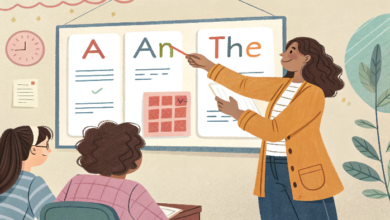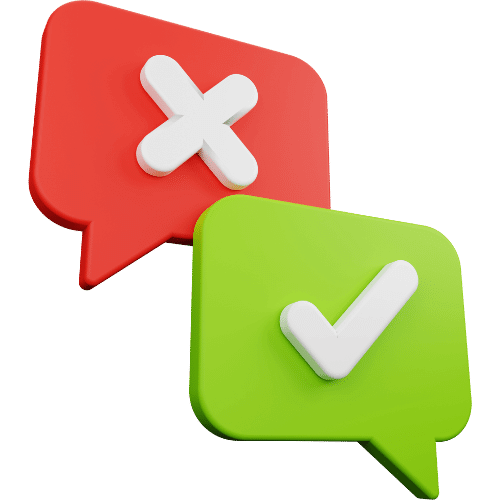How to Use Prepositions Correctly in English
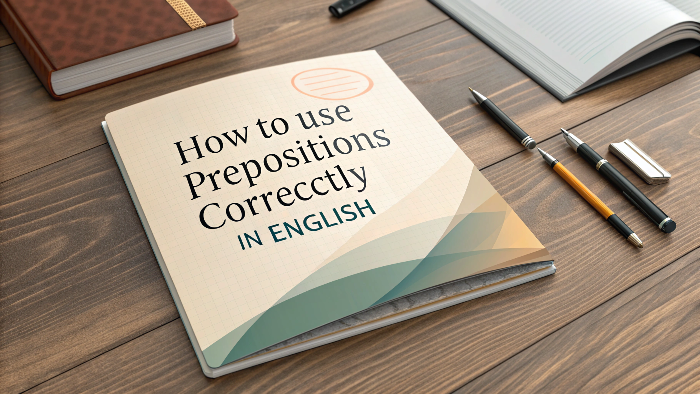
How to Use Prepositions Correctly in English
Prepositions are essential building blocks of the English language. They are words that link nouns, pronouns, or phrases to other words within a sentence.
Understanding how to use prepositions correctly can significantly improve your English communication skills. In this article, we will explore the different types of prepositions, common mistakes, and tips to help you master them.
What Are Prepositions?
Prepositions are words that indicate relationships between other words in a sentence, such as time, place, direction, and manner. Common prepositions include in, on, at, by, with, and about. These small words have a big impact on the clarity and meaning of sentences.
For example:
“The book is on the table.” (Place)
“She arrived at 5 PM.” (Time)
“I walked to the store.” (Direction)
Types of Prepositions
Prepositions of Place: These indicate the location of something or someone.
Example: “The cat is under the table.”
Prepositions of Time: These express when something happens or its duration.
Example: “The meeting is at 10 AM.”
Prepositions of Direction or Movement: These show the direction in which something is moving.
Example: “He is walking towards the park.”
Prepositions of Manner: These describe how something is done.
Example: “She solved the problem with ease.”
Prepositions of Agency or Instrument: These indicate the agent or tool used to perform an action.
Example: “The letter was written by John.”
Common Prepositional Phrases
Prepositions often form common phrases that are used frequently in everyday English. Some examples include:
In time
At work
On purpose
By mistake
With care
These phrases have specific meanings and must be learned as fixed expressions. Misusing prepositional phrases is a common mistake for English learners.
Common Mistakes with Prepositions

For more, go to the next page

